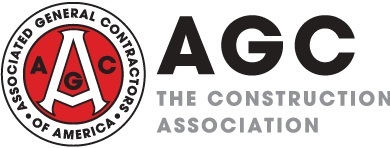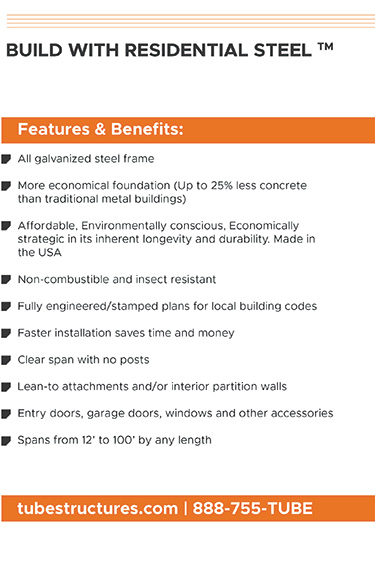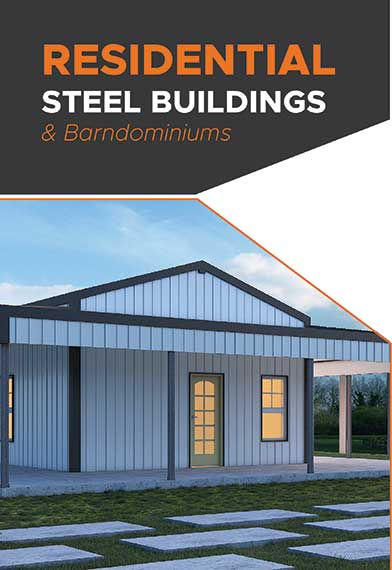AGC analyzes coronavirus impacts
- September 15, 2020
- Posted by: Alan Hageman
- Category: News

Associated General Contractors of America (AGC) analyzed in its newsletter Feb. 28, the coronavirus outbreak continues to spread globally each day but the impact on U.S. construction remains speculative. So far, there do not appear to be any reports of cancelled, deferred or interrupted construction projects, nor of delays or shortages of construction equipment, parts or materials, AGC stated. However, the disruption to Chinese production and shipping is increasing, adding to the likelihood that some construction products and projects will be affected.
There have also been potentially beneficial impacts on construction. Crude oil prices have dropped by nearly 25% since Jan. 1, which is likely to lead to further price declines for gasoline, diesel and liquid asphalt. Copper and steel prices are also likely to fall as Chinese demand slips. Interest-rate decreases may encourage homebuyers, developers, and state and local bond issuers, according to AGC.
The U.S. Bureau of Labor Statistics (BLS) posted producer price indexes (PPIs) for January, calculated from prices gathered in early January (before any impacts from coronavirus). AGC posted tables showing PPIs relevant to construction. The year-over-year rate of price increase slowed compared to a year earlier for both inputs to construction (up 2.2% year-over-year from January 2019 to January 2020, versus 2.7% a year earlier) and new nonresidential building construction (up 3.7%, versus 5.3% a year earlier)—a measure of the price that contractors say they would charge to build a fixed set of buildings. Increases in the latter index ranged from 2.9% year-over-year for new healthcare buildings to 3.2% for office buildings, 4.1% for industrial buildings, 4.6% for warehouses and 4.7% for schools. Increases in PPIs for subcontractors’ new, repair and maintenance work on nonresidential buildings ranged from 2.7% year-over-year for roofing contractors to 3.5% for electrical contractors, 3.9% for plumbing contractors and 4.3% for concrete contractors. The PPI for inputs to construction covers both goods (55%) and services (45%). The PPI for energy inputs to construction jumped by 12% year-over-year. The PPI for non-energy goods inputs edged up 0.5%; the index for services inputs increased 2.6%. Items important to construction with large 1- or 12-month changes include: steel mill products, up 0.3% from December but down 15% year-over-year 2019; asphalt paving mixtures and blocks, up 7.1% for the month and 1.1% year-over-year; and diesel fuel, down 8.1% from December but up 7.2% year-over-year. BLS posted annual updates of tables showing the relative importance of inputs to construction and of construction to overall PPIs.
The National Highway Construction Cost Index (NHCCI) in September 2019 increased 0.5% from June and 6.4% year-over-year from September 2018, based on new and revised values posted by the Federal Highway Administration. The June-September change was a steep deceleration from the 5.5% increase between March and June, but the 6.4% year-over-year rise matched that of the previous 12 months.


